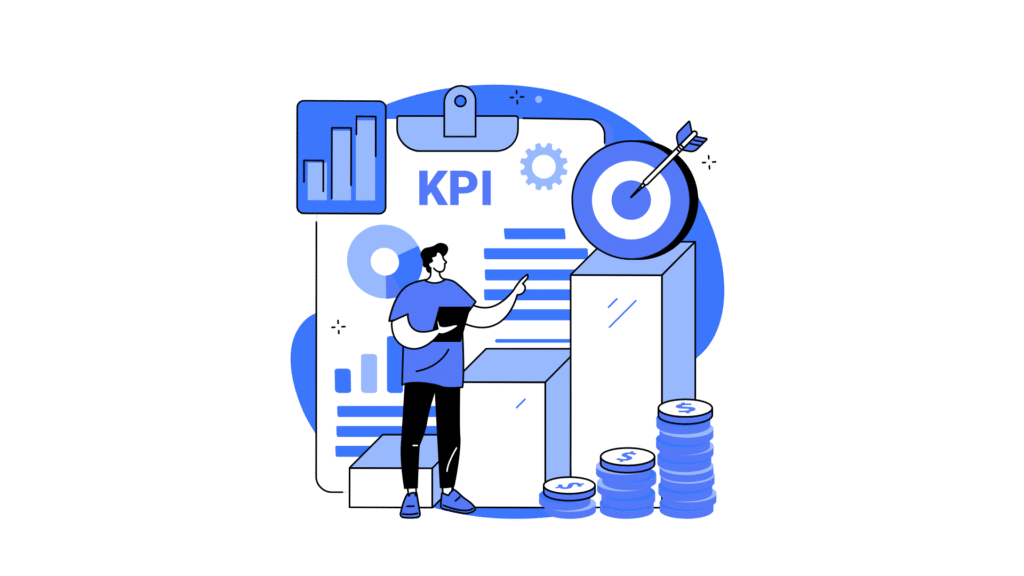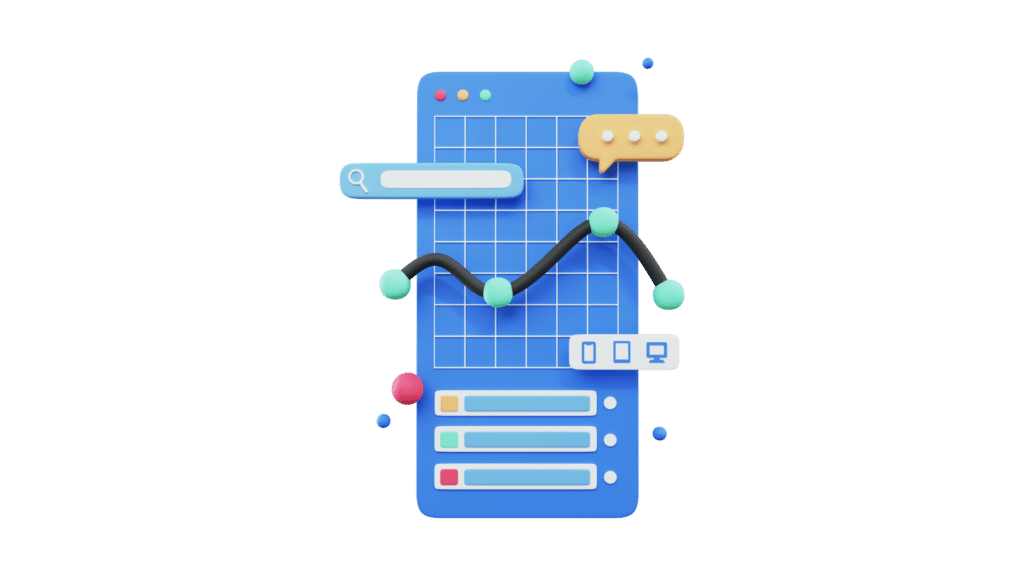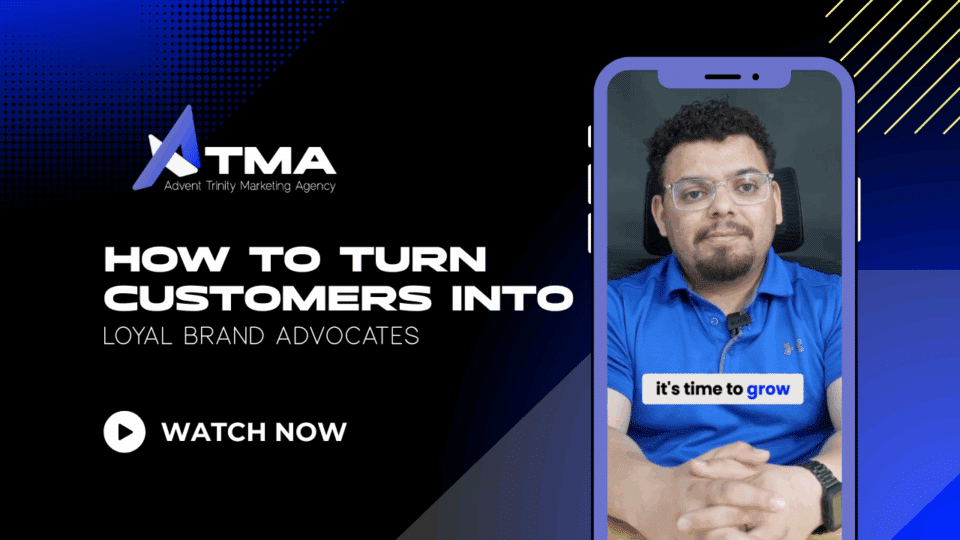
Expand Your Reach: Proven Content Distribution Strategies for Impact
October 15, 2024
The Ultimate Guide to Content Marketing: Proven Strategies for Success
October 28, 2024Creating valuable content is only part of a successful content marketing strategy. To achieve meaningful results, it’s essential to track and measure the success of your content. Let’s explore key metrics and how to use tools like Google Analytics and social media insights to refine your approach.
Defining Success in Content Marketing: KPIs to Track
Before measuring, you need to define what success looks like for your content plan. Setting key performance indicators (KPIs) helps you monitor your content’s alignment with your goals.
Key KPIs to track:
- Website Traffic: Measures how many visitors come to your site. It’s a strong indicator of how effective your content distribution is.
- Engagement: Tracks likes, shares, comments, and clicks. High engagement signals that your content resonates with your audience.
- Conversion Rate: Measures how many visitors take action, such as signing up for a newsletter or making a purchase. This reflects the strength of your calls to action.
- Time on Page: Shows how long visitors stay on a page. Longer time spent means your content is engaging and relevant.
- Bounce Rate: Tracks the percentage of visitors who leave after viewing one page. A high bounce rate may suggest that your content doesn’t align with your audience’s needs or lacks proper audience targeting.

Tracking these KPIs helps you understand how well your content is performing.
Using Google Analytics and Social Media Insights
Google Analytics and social media platforms provide valuable insights into how your content performs.
- Traffic Sources: Google Analytics shows where your traffic originates—whether through organic search, social media accounts, or email campaigns. This helps you identify which content distribution channels work best.
- Conversions and Goals: Set up goals in Google Analytics to track specific actions like form submissions or purchases. This is key for monitoring content goals.
- Behavior Flow: Tracks how visitors move through your site, identifying which pages keep them engaged.

Social media insights also reveal how users interact with your content on platforms like Facebook and Instagram. Metrics like shares, comments, and likes help you identify successful content creation strategies.
Engagement vs. Conversions
It’s important to distinguish between engagement and conversions when evaluating content success.
- Engagement: Measures how your audience interacts with content (likes, shares, comments). Engagement is crucial for building brand awareness and trust, particularly through social media marketing and influencer marketing.
- Conversions: Tracks specific actions taken after engaging with your content, like signing up for a newsletter or making a purchase. Conversions indicate your content’s ability to drive business outcomes.

Both metrics are important—engagement builds visibility, while conversions drive direct results.
Adjusting Your Content Strategy Based on Data
After gathering performance data, adjust your content marketing strategy to improve results.
Steps to Refine Your Strategy:
- Identify Top-Performing Content: Analyze which content drives the most traffic and conversions, then replicate or repurpose it.
- Analyze Drop-Off Points: If users leave certain pages quickly, consider restructuring or adding visuals to improve engagement.
- Refine Audience Targeting: Use insights from audience research and buyer personas to create more tailored content.
- Optimize Your Content Calendar: Adjust your content calendar based on which types of content and publishing schedules drive the best results.

By regularly reviewing data, you ensure that your content strategy evolves and improves.
Key Takeaways
- Track Important KPIs: Monitor traffic, engagement, conversions, and bounce rates to measure content effectiveness.
- Use Analytics Tools: Leverage Google Analytics and social media insights to track performance and understand your audience.
- Balance Engagement and Conversions: Both are crucial—engagement builds trust, while conversions drive business outcomes.
- Adapt Based on Data: Continuously refine your strategy using insights from content measurement.
By focusing on these areas, you can optimize your content marketing strategy and ensure success.




